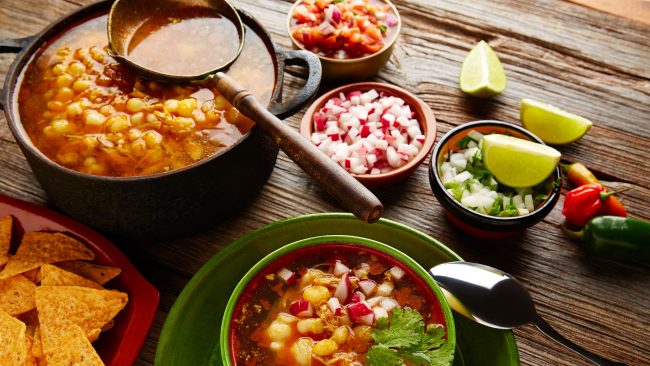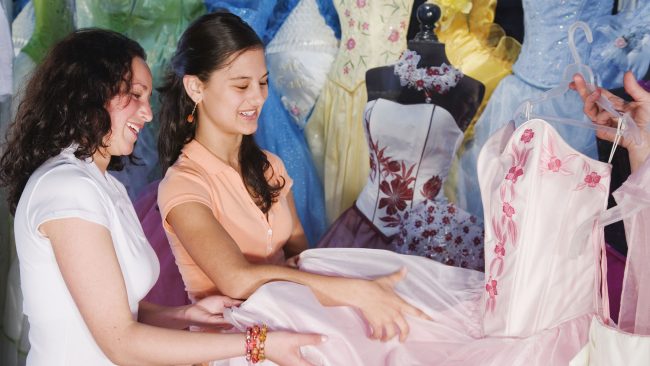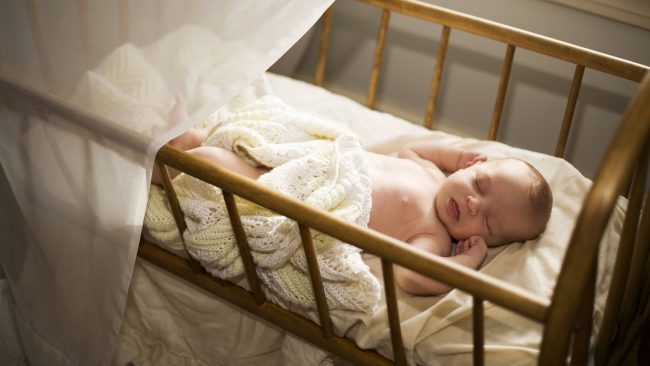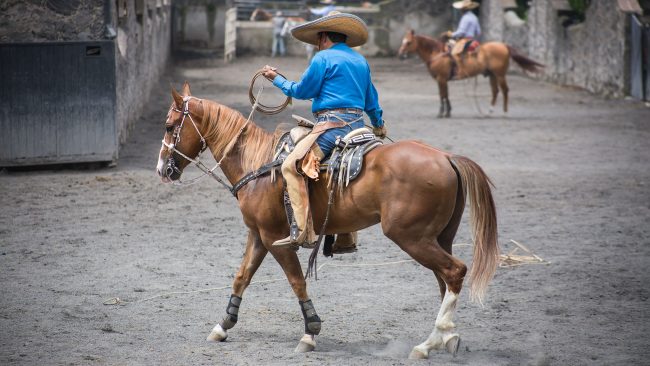Mexican customs come from both its indigenous peoples and the colonial era. Some of these are strange and surprising for foreigners who visit the country, since they are different from what they are used to seeing. In this article we tell you which are the most important Mexican traditions.
Below you have an index with all the points that we are going to deal with in this article.
Article Index
- 1.
- 2.
- 3.
- 4.
- 5.
- 6.
- 7.
- 8.
- 9.
- 10.
- 11.
- 12.
- 13.
- 14.
- 15.
- 16.
- 17.
- 18.
Parties
One of the most outstanding celebrations in Mexico is that of Day of the Dead, which takes place on November 1 and 2. According to the belief, on this date deceased people return to the world. Its origin dates back to pre-Hispanic times and, later, it merged with the Catholic tradition.
For this reason, the relatives prepare altars in their homes and bring flowers and food to the cemetery. In Aguascalientes, the Festival of the Skulls is celebrated, in which an impressive parade takes place.
In December Christmas comes. The first Christmas act is that of the Posadas, which are organized on the 16th of this month. At the end of the year, a succulent dinner is prepared, as well as a meal on New Years. Also, January 6 is Three Kings Day, when children receive gifts from the Three Wise Men.
Among the National Holidays, the Independence Day also stands out, also known as Pain scream. It takes place on September 16, the day when parades are organized and fireworks are fired.
In addition, there are other celebrations linked to the Catholic religion, the majority in the country, among which we find Holy Week, the Day of the Virgin of Guadalupe and the Day of the Candlemas.
Feeding Habits
In Mexico we find some nutritional problems, since according to the statistics of the OECD (Organization for Economic Cooperation and Development), Mexico is the second country with the most people who are overweight.
In children, this fact also occurs, since there are 4 million young people with obesity. This is enhanced by the lack of exercise, since only 17% practice as much sport as the WHO (World Health Organization) recommends, which indicates that the optimum is one hour a day.
Regarding gastronomic habits, half of Mexicans eat at least once a day outside the home, especially in Mexico City. The breakfasts are quite complete. At mealtime, four dishes are usually cooked, which are the following:
- Soup
- Rice or pasta
- Stew
- Dessert
Dinners are lighter and the most popular drinks are water and soft drinks. In recent years, the consumption of meat in women has decreased. However, you eat more chicken, it is healthier. It is not common to eat fish, except for tuna. The basic products are corn, beans and chili.
If you want to know what the typical dishes of the country are, you can find them in this article: Typical dishes of Mexico.
Weddings
At Mexican weddings, it is common for the bride to have two bouquets of flowers. The first is given to the Virgin after the religious ceremony. The other is released to single women, because according to tradition, whoever catches it will be the next to marry. Also, the woman does not wear pearls, as they bring bad luck.
During the wedding vows, the bride and groom are surrounded with a white bow that represents the union between the two. Furthermore, the couple does the delivery of earnest money, in which they take 13 coins.
After the banquet, the ticket dance. In it, the newlyweds dance while friends and family hang bills from their suits and dresses. It is a way of raising money to cover some expenses.
Indigenous people
Some indigenous populations in Mexico maintain their ancient customs. In the case of nahuas, consider corn as a sacred plant for which they organize offerings and rituals.
Another indigenous culture is the matlatzinca. Among their traditions we find that of curing some disorders such as the evil eye with traditional medicine. They also go up to the peak of Nevado de Toluca, where they celebrate rites to ask for rain.
If you are interested in learning about the traditions of other indigenous peoples, we recommend you read the following article: Indigenous communities of the world: customs and traditions.
Social and cultural practices
When greeting, Mexicans tend to shake hands and women a kiss on the cheek. They are close people who leave a short physical space when it comes to being with other people.
Punctuality is not very important and when talking to someone it is rude to stay with your hands in your pockets, so this practice should be avoided.
Also, when you are shopping and you are going to pay the clerk, the money should be given in the hand, not on the counter. If done wrongly, it can be interpreted as a gesture of contempt.
Consumption and purchases
The population, due in part to economic instability, avoids buying impulsively and is more responsible. It is common to resort to promotions and offers to try to save.
Although brands are not given great importance, buyers are loyal to the companies they use the most. Likewise, they give relevance to the treatment they are given as clients.
Regarding home purchases, traditionally the ofBut nowadays men have taken a more active role in this, so girls do not take full responsibility.
The reading
If we take into account children and adults, Mexicans read an average of 5,3 books year. It is a positive figure, since it is the second Latin American country that reads the most, behind Chile.
A typical literary figure of the country is that of the literary skulls. They are usually written on the Day of the Dead and are poetry loaded with humor and sarcasm. They began to be written in the XNUMXth century.
Internet use
Currently, half of the population of Mexico uses the Internet. Most do it from home and use their laptop or computer. smartphone (a smartphone).
Within leisure time, the main reason for using the Internet is the use of some social networks such as Facebook. People use them to communicate with their friends and stay informed.
sexual habits
In relation to sexuality, according to some studies, more than half of Mexicans over 33 years of age practice this activity a minimum of twice a week. This average exceeds the world average, which is 1,5.
People prefer to have sex on the weekend and the favorite part of the day is between ten at night and two in the morning. Also, it takes place more in winter.
Do business
When you are going to do business in Mexico, you have to address people by their job titleas doctor, professor o graduate. Therefore, it is important to know the basic information of each person.
It is possible that a meeting is canceled, so it is advisable to confirm the presence a few days before. Also, if one of the parties is going to be late, it is not usually judged, as punctuality is not totally strict.
To be able to sign an agreement, Mexicans need to gain confidence first, so they show interest in others. They usually invite the person with whom they are dealing to a meal, a moment that they take advantage of to meet them and not to talk about business.
15 years celebration
When a girl turns 15, a party birthday in style, which reflects the passage of the girl from childhood to adulthood.
In the early morning of the quinceañera, a group of musicians or mariachis go to sing at the house of the protagonist, a serenade is held. Late in the morning, family and friends attend a special mass.
After this, it is the turn of the banquet, in which acts such as the first toast o the Vals. The quinceañera usually prepares a choreography with her friends in order to surprise the guests.
During this day, the young woman wears an imposing dress, which can be colored or white. In addition, it is usually the first time that she is putting on makeup and wearing high heels.
Music and dance
The national dance of Mexico is the Jarabe Tapatío. This emerged at the end of the XNUMXth century in Jalisco. In it, the man surrounds the woman, courting her, while she moves her skirt. Also, they both stomp. In the following video you can see a demonstration:
https://www.youtube.com/watch?v=Z32890GLm4k
As for music, the most famous is the mariachi doll. Mariachi groups are made up of two or more musicians and perform the songs with stringed instruments. The lyrics speak of love, whether for a woman or for the country, nature, etc.
The Birth
In different parts of Mexico there are some superstitions that revolve around the birth of a baby. For example, he cannot go outside in his first 40 days and the first trip must be to a church.
When family and friends visit the newborn, they receive a gift. If the baby is a boy, a cigar is given, while if it is a girl, chocolate is given.
An act related to the Catholic religion is that of christening. It consists of a mass in which the baby becomes part of the Church and is usually followed by a banquet.
Sports habits
Around half of the Mexican population practices some type of sport, although it is more common in young people and men. The most frequent sports are soccer, going for walks and running.
According to statistics, people do it more for health than for pleasure. Also, most do on your own. Sport is more common in people with higher academic level and purchasing power.
Funeral
Although some have already been lost, there are other customs of the past related to death that are still practiced. For example, in Nueva León, a quicklime cross is placed on the grave to protect the deceased from evil spirits.
Another tradition is to place a flat stone on the grave so that the soul of the deceased does not wander the earth. Although it is not so common anymore, they also used to be hired mourners, women who were paid to cry at the funeral.
If you want to know more about the traditions related to death in Latin America, we recommend the following article: Customs and behaviors in the face of death in Latin America.
The charrería
This act is considered Intangible Cultural Heritage of Humanity by UNESCO, as well as a national sport of Mexico. The charro is the art of balancing on a horseback riding.
Traditionally, it has been passed down from generation to generation, although today there are numerous associations and schools. Contests are called charreadas, and in them the joints or riders try to show their prowess.
The piñatas
Piñatas are often found at birthdays and Christmas Posadas. They are a kind of clay or cardboard pots that are covered with colored paper. Inside, there are sweets, fruits or gifts.
Although today we find numerous models, the most popular is the piñata of spikes, which is shaped like a star. This has to be hit with the blindfold while the rest of the participants sing a popular song.
Cockfighting
The gallera tradition continues in force in the country and in most of the fairs and festivals it is common for cockfights to be held. In these, two roosters face each other within an enclosure called Palenque.
During this activity, attendees bet money. To do this, a rooster is identified with the color green and another with the color red. This event moves large amounts of money.
One of the states where it is most practiced is Michoacán. However, it is prohibited in other parts of the country, such as Mexico City, Sonora and Coahuila.
This article has been shared 72 times. We have spent many hours collecting this information. If you liked it, share it, please:















































